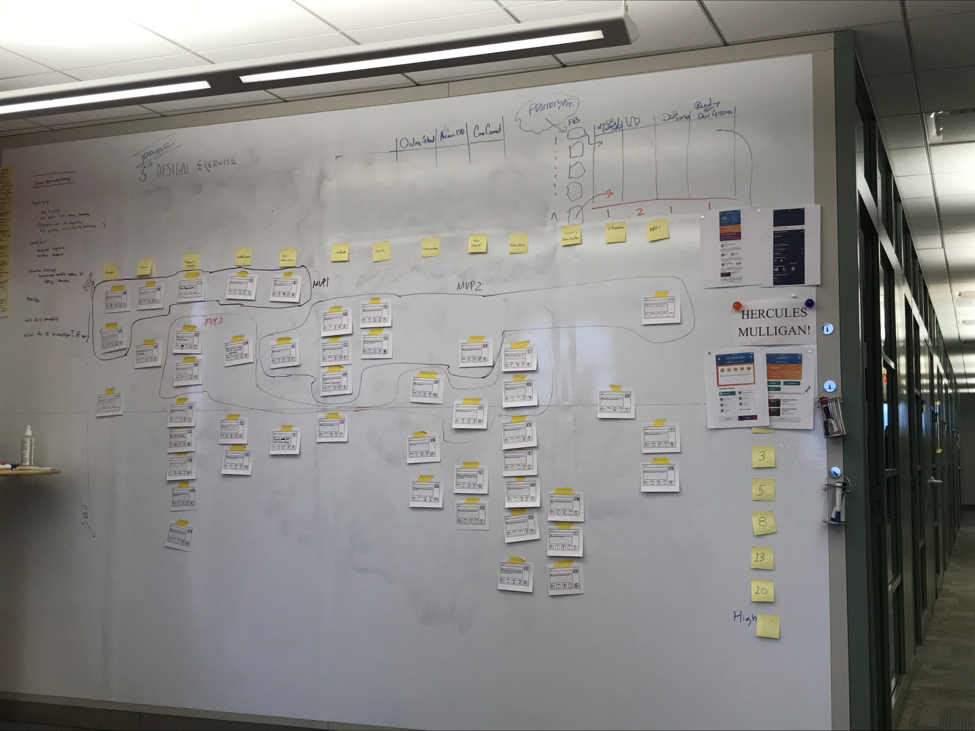User Story Mapping is an excellent technique to visualize how the solution is going to be iteratively developed in fast-feedback cycles. MVPs can be defined for various reasons such as validating the need for certain functionality, gaining user feedback on design decisions, or investigating technical techniques. The story map will visually show how the team will iterative develop working solutions and evolve toward a MMP (minimum marketable product).









